How To Determine Your Child’s Learning Style
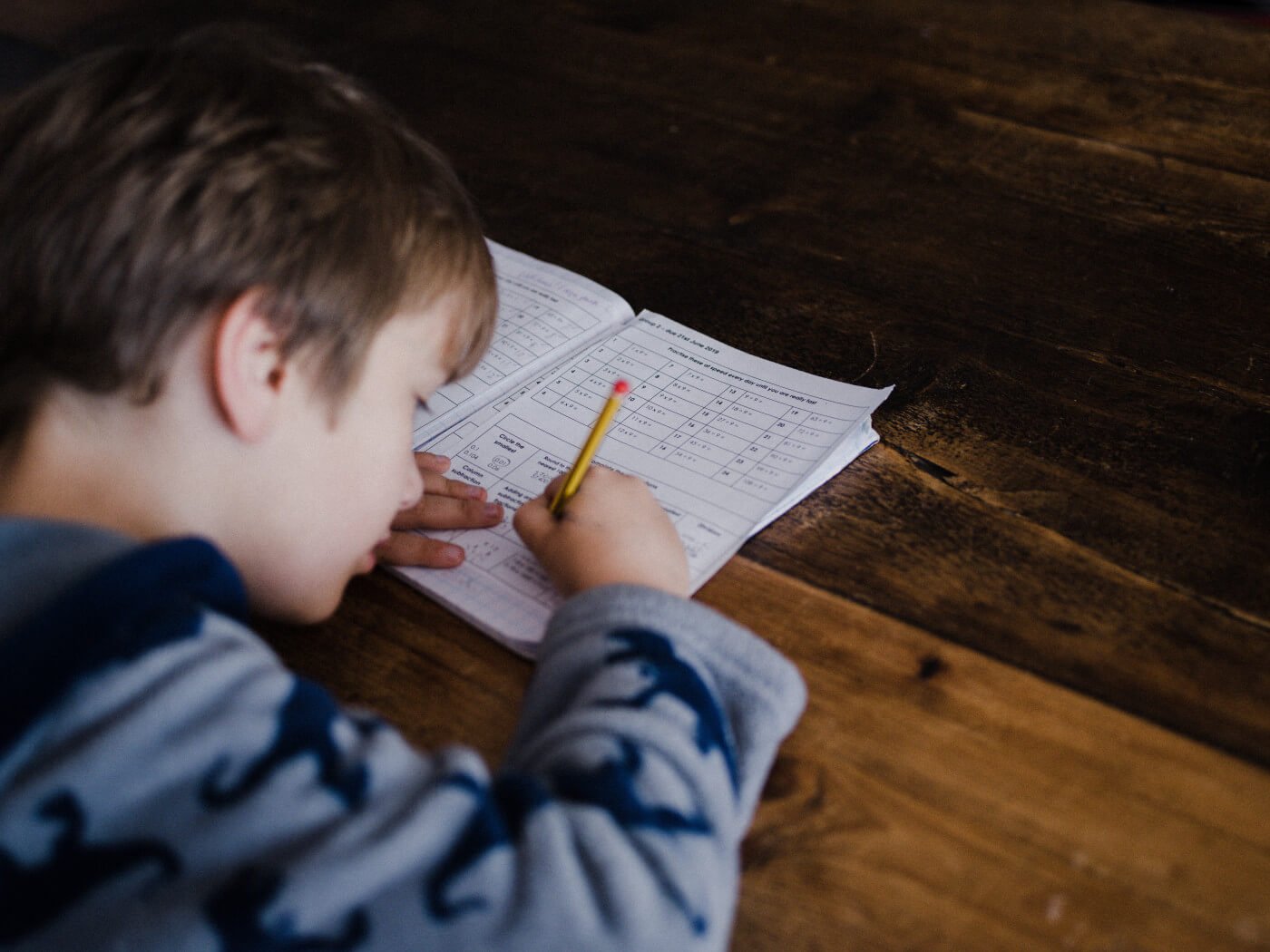
Did you know that everybody has a learning style? A learning style is simply how a person best learns and retains information.
Do you often find yourself getting lost in the pages of a good book?
Is there usually some kind of noise going on in the background, like music or your favourite TV show?
Are you excited by bright pops of colour and feel like you can’t focus when the environment is bland?
Are you the type of person who makes lists and keeps a journal because writing helps you process your thoughts?
I’ll bet that at least one of the questions above resonated with you, and not just because I’ve described common interests and activities. Rather, I’ve described the results of different learning styles. Our interests and hobbies come partly from our learning styles. If we’re given a choice of what to do, naturally, we will gravitate towards things that calm us, exhilarate us and cause us to learn.
Our kids are the same! They will naturally want to do the things that cause them to learn and help them to discover. As parents, our goal is to help that happen!
How do I determine my child’s learning style?
Is there a secret hack to finding out your child’s learning style? Perhaps there’s a quick quiz you can find online? Sure, there are plenty of quizzes available, but there is one thing worth noting: your child is not a robot. A quiz can give you a basic understanding of your child’s learning style, but not everybody will fall neatly into the box of visual, auditory or kinesthetic (more on this later).
A quiz will only ever be a starting point. The best way to figure out your child’s learning style is to intentionally observe them. What do they choose to do for fun? What will they do when they aren’t being instructed? Is there something that frustrates them, seemingly for no reason?
These are all good indicators of their learning style.
Three learning styles
The most common learning styles are: Visual (I learn by seeing and reading), Auditory (I learn by hearing), and Kinesthetic (I learn by doing).
These are foundational guidelines and not concrete molds. Each child is unique and may fit into more than one style, or they might not fit every indicator. That’s completely ok and totally normal. You should be able to see some patterns that will help you to better understand your child’s learning style.
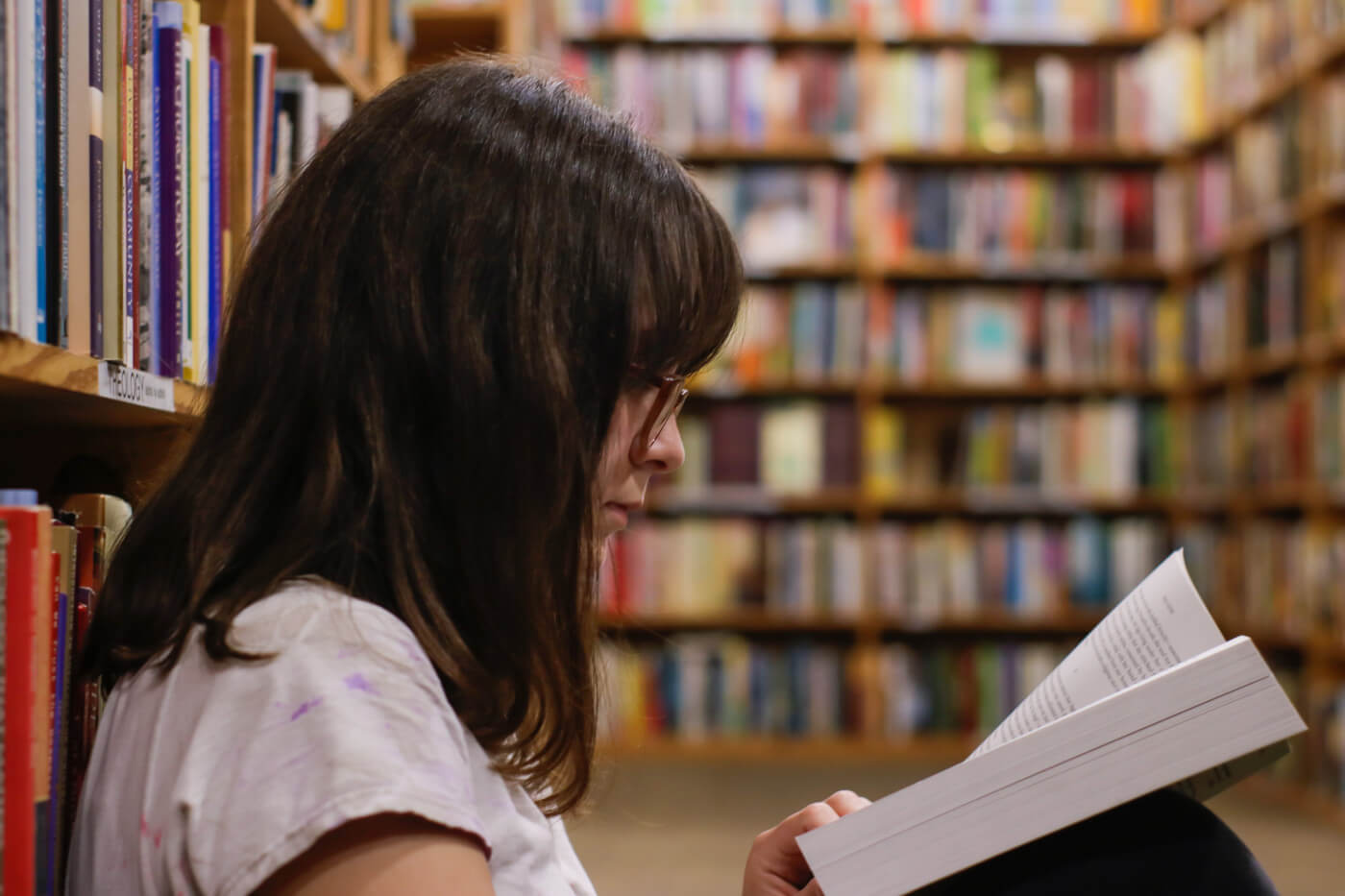
Visual - “I learn by seeing and reading”
Not surprisingly, a visual learner prefers to learn through things they can see. This may be a child whose nose is always in a book, one who is good at spelling, or an artistic child who loves to colour.
The glue that ties all these attributes together is that if they can see it, they can more easily learn it. If they hear it, well, perhaps not so much! If you hand them a written to-do list, they can happily get on with it, but if you tell them a list of things to do, it will go in one ear and straight out the other.
A visual learner will thrive with textbooks, pictures, diagrams, graphs and charts, picture aids or demonstrations they can observe.
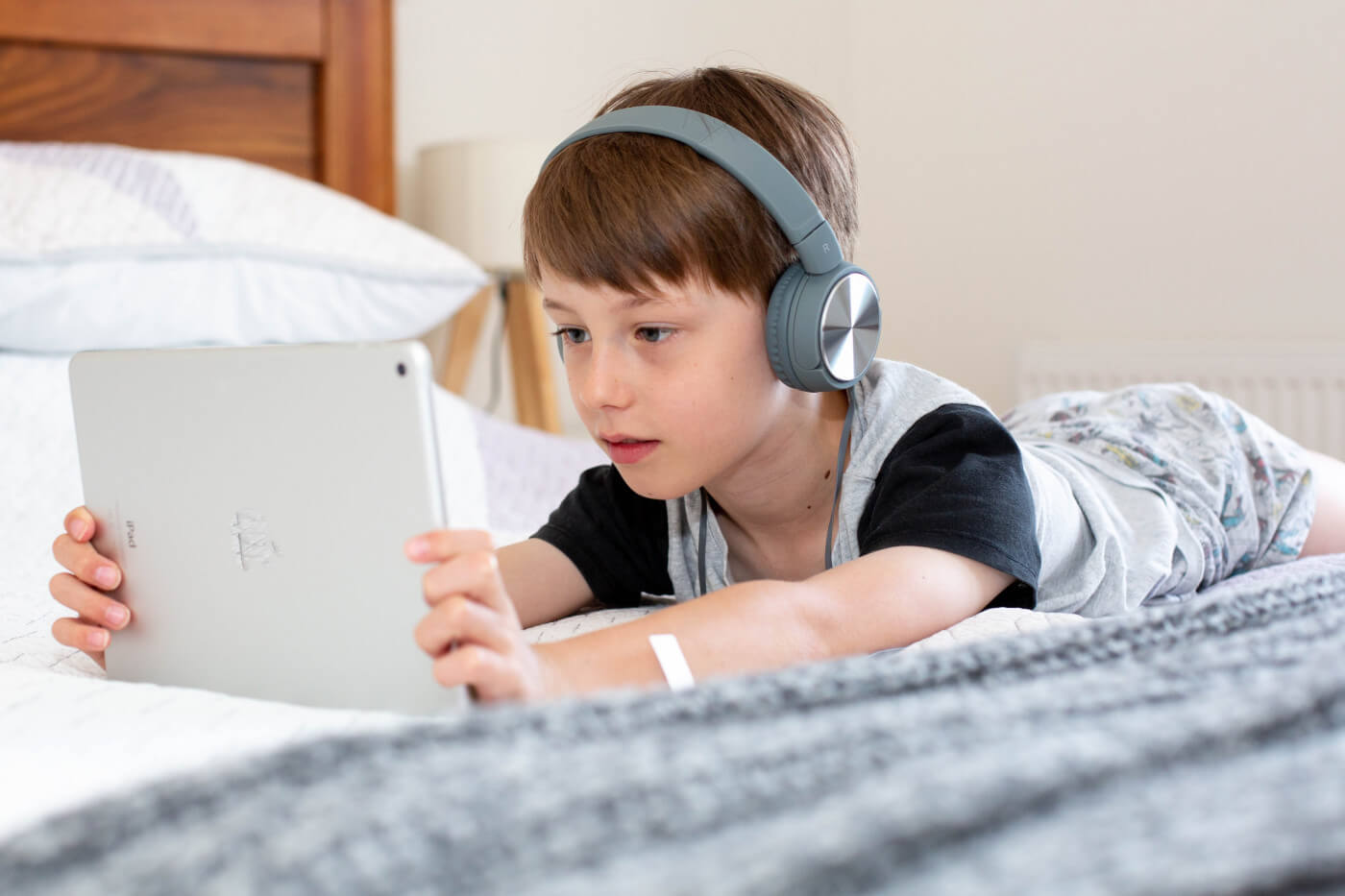
Auditory - “I learn by hearing”
An auditory learner prefers learning through things they hear. They might have an ear for music, be able to memorise song lyrics effortlessly or they might prefer being read to or reading aloud instead of sitting down quietly with a book. They also like to explain things out loud.
You might find that an auditory learner seems to talk or make noises all the time. It might look like they’re messing around and not paying attention, but in reality, it means they are processing lots of information at once and they’re just doing it in a way that doesn’t make sense to some people around them.
An auditory learner will excel through listening and speaking. They will do well by listening to somebody teach or by listening to tapes or music while studying.

Kinesthetic - “I learn by doing”
The term “kinesthetic” means that this type of learner needs some type of movement or “doing” in order to really learn. A kinesthetic learner may be good at sports, enjoy playing pretend or dress-up, and gets easily frustrated with learning to read.
These children might be constantly tinkering with something, always tapping a pencil on the desk or getting up and walking around. There is also a subset of this group called “tactile” learners. These are children who need to be touching something, often with a specific texture, to learn effectively.
A kinesthetic learner will thrive with hands-on activities, manual tasks, having lots of short breaks, and educational field trips.
How a Tutor can help
Determining your child’s learning style is one piece of the puzzle. You may now have a better understanding of the environments in which your child will flourish and why they find some tasks more difficult than others. But what do you do with this information?
This is where a qualified Tutor comes in! As an essential piece of the puzzle, a Tutor will help your child to digest difficult concepts, making them more understandable and ultimately, make learning fun again. The traditional classroom setting isn’t always a space for each learning style to thrive, but one-to-one Tutor sessions are the perfect setting for revision, building momentum, and getting your child’s confidence back.
Worried about your child falling behind? We have online tutors available as well as tutors in Johannesburg, tutors in Pretoria, tutors in Durban, and tutors in Cape Town.
Related Articles
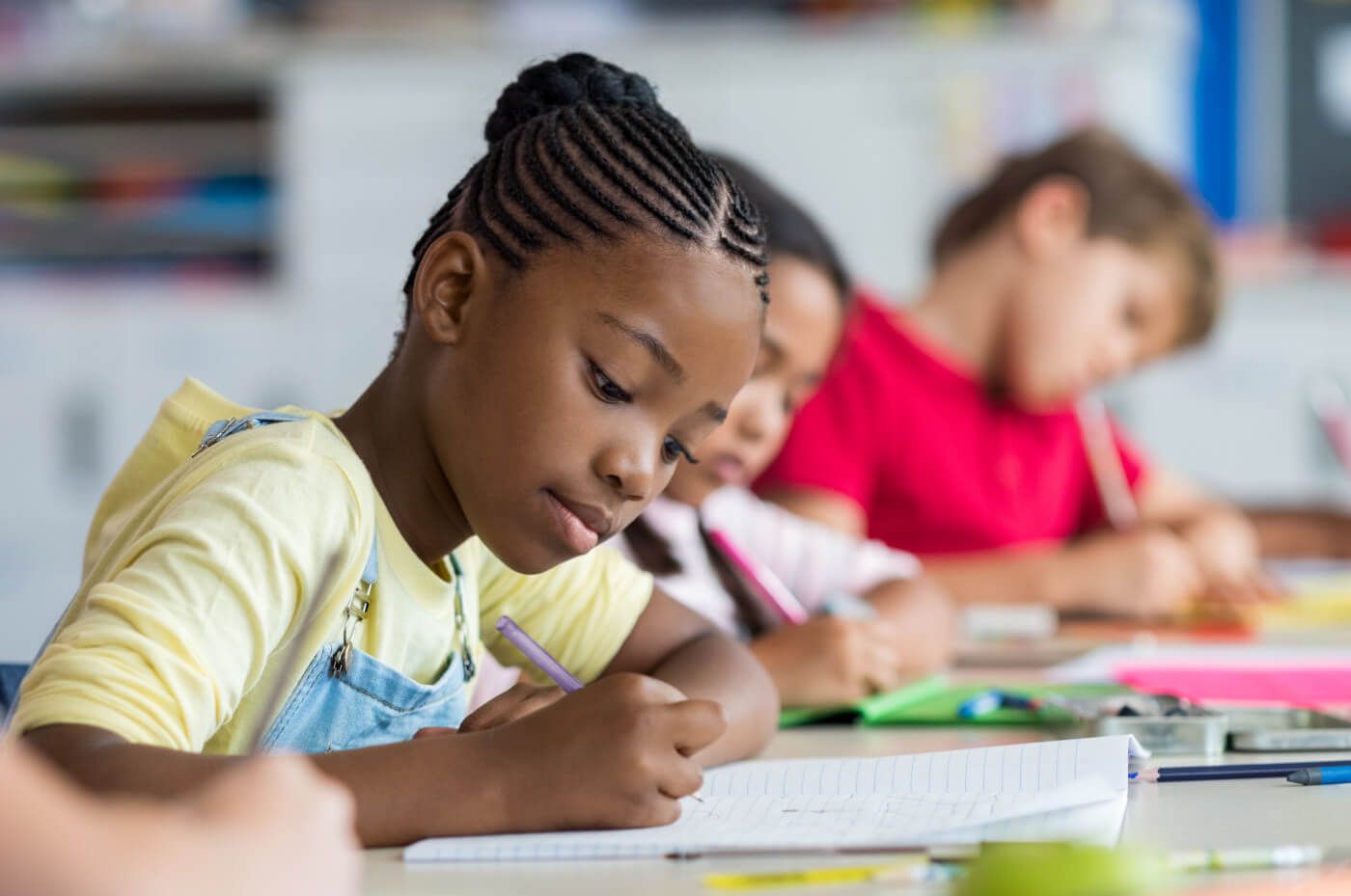
Visual Learning Style - Characteristics and Study Strategies
We’ll show you what distinguishes visual learners from other types of learners and what study strategies they can employ to meet their academic needs. (read more)
Read More
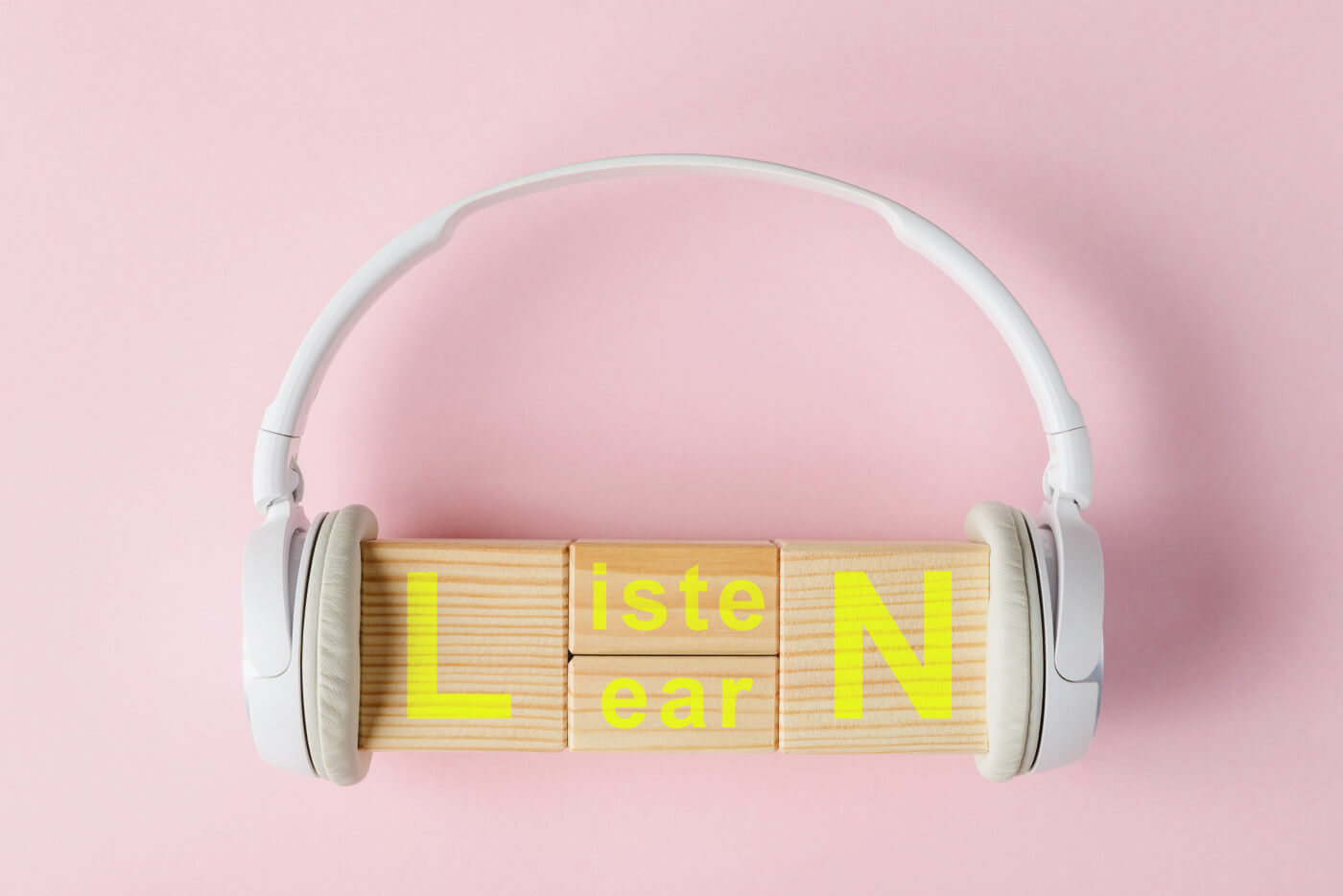
The Auditory Learning Style - Characteristics and Study Strategies
Have you ever wondered why different people perceive the same experience so differently? It's impossible not to. We’ll show you what distinguishes the auditory learning style from other types of learning styles. (read more)
Read More
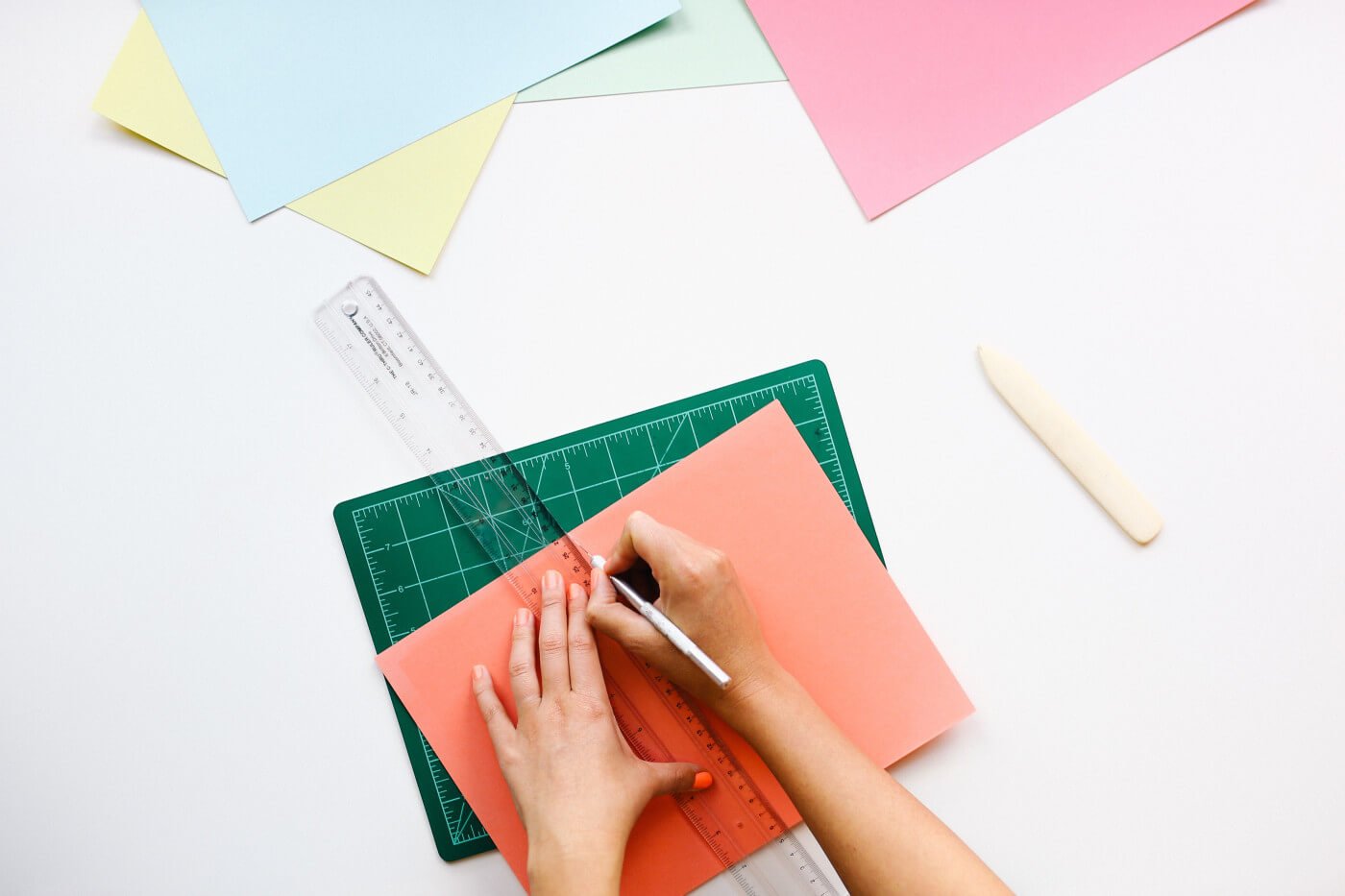
The Kinaesthetic Learning Style - Characteristics and Study Strategies
Have you ever seen someone scribbling in their notebook while the teacher is explaining an idea or concept in class? Although different people may learn and remember the same information, they do so in various ways. (read more)
Read More

We help families find their perfect tutor
Help your child improve their grades and get their confidence back.
GET A TUTOR